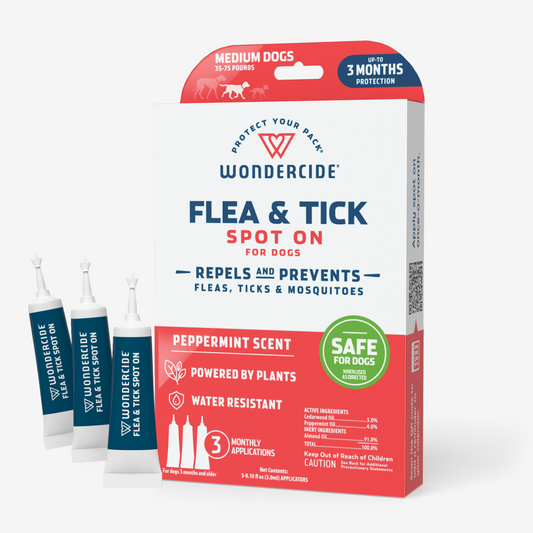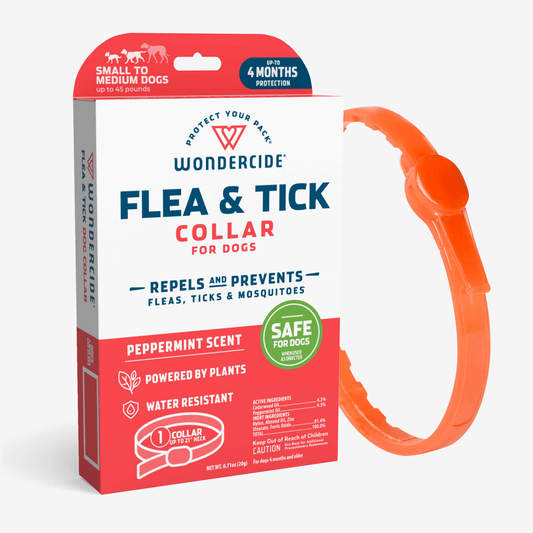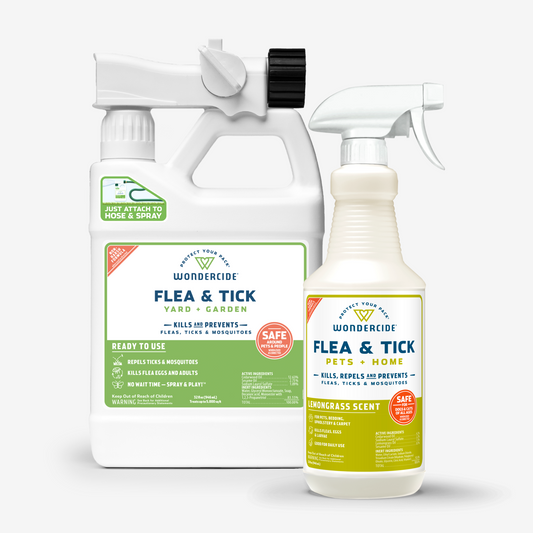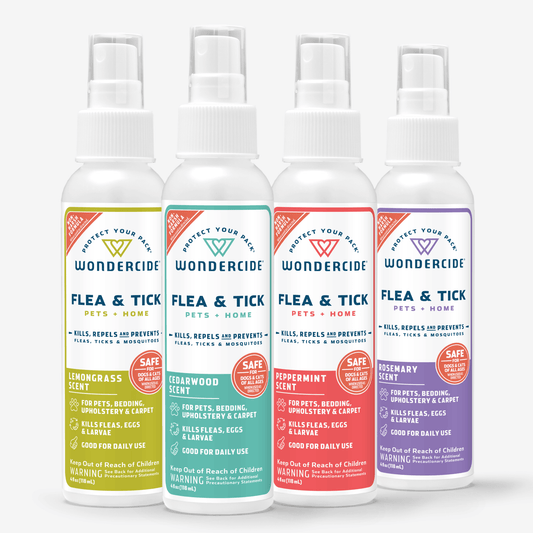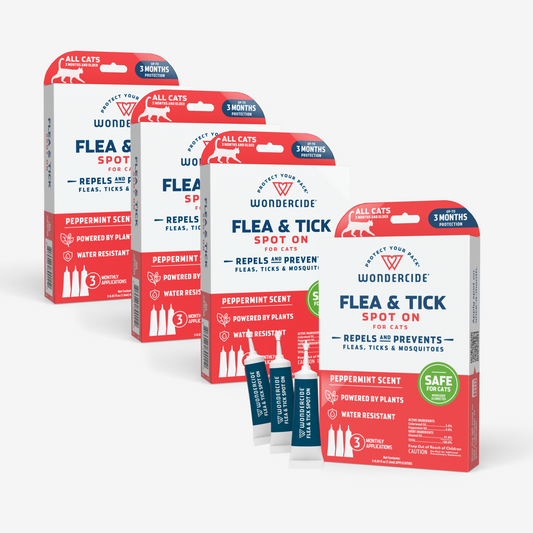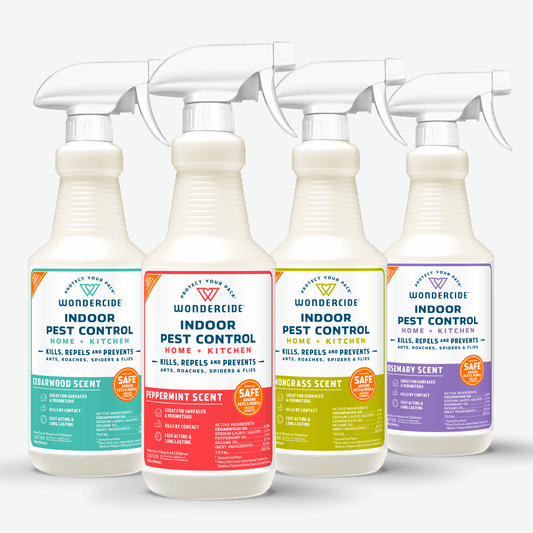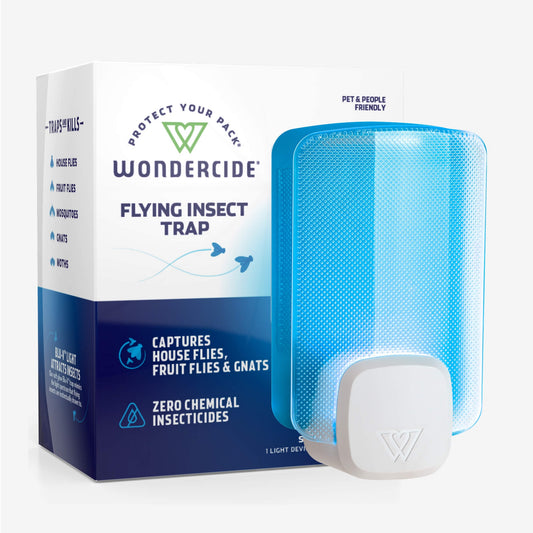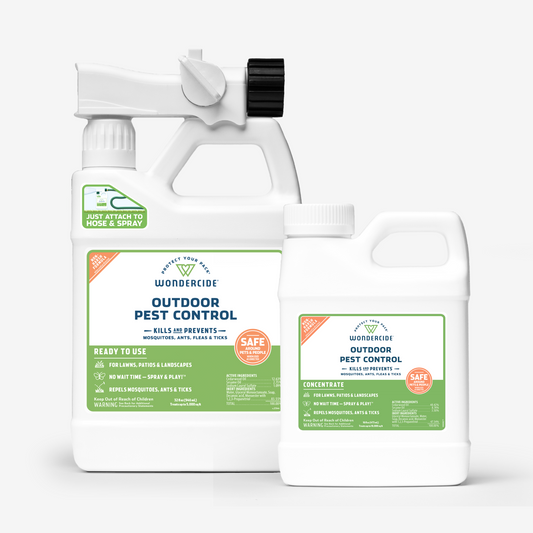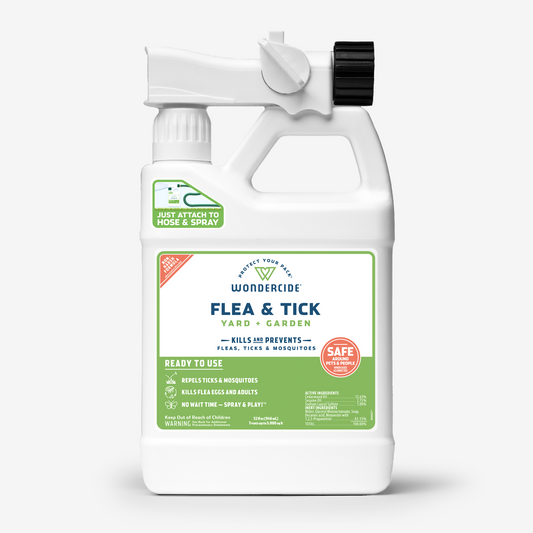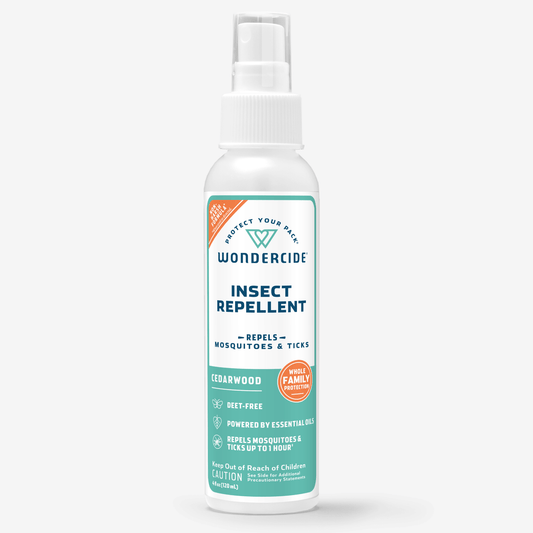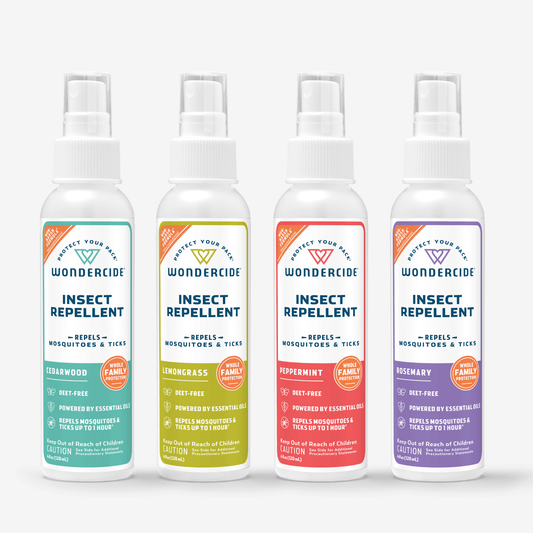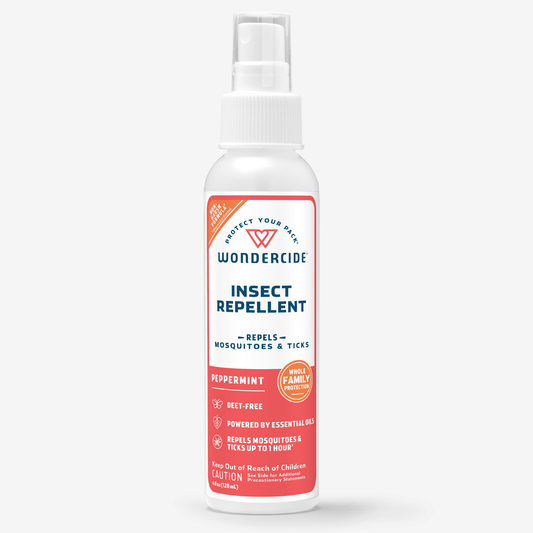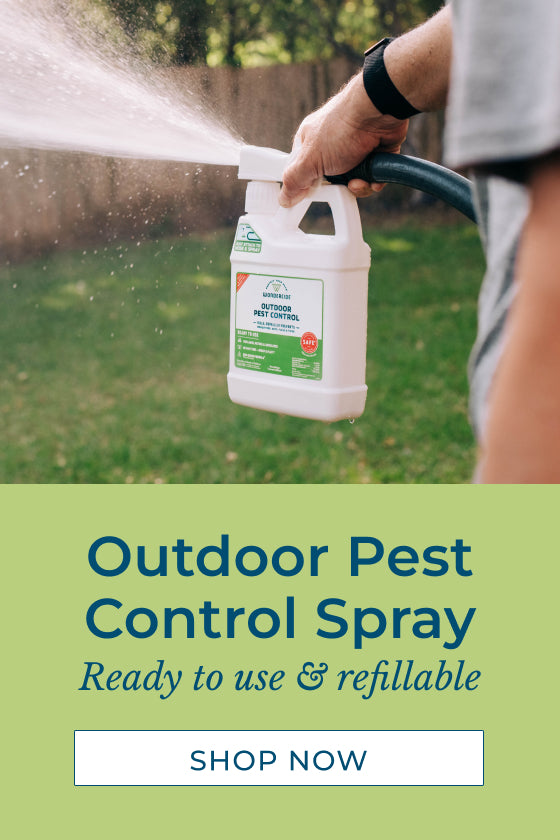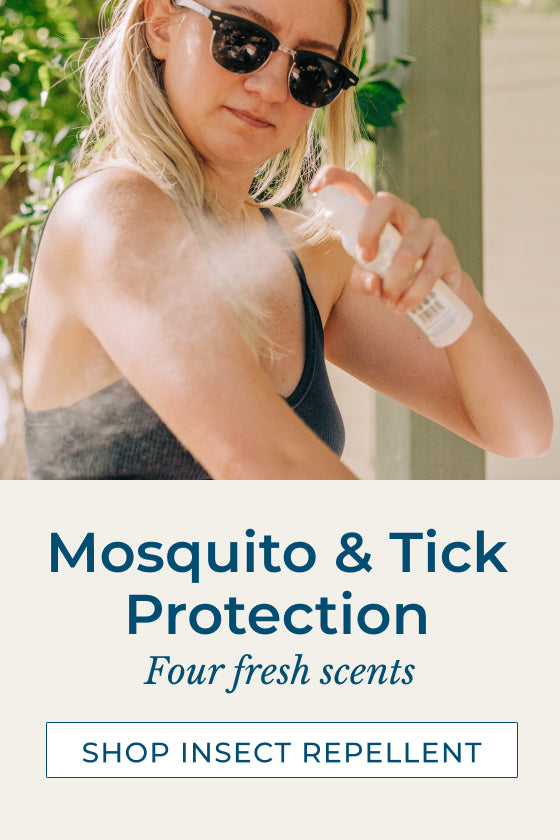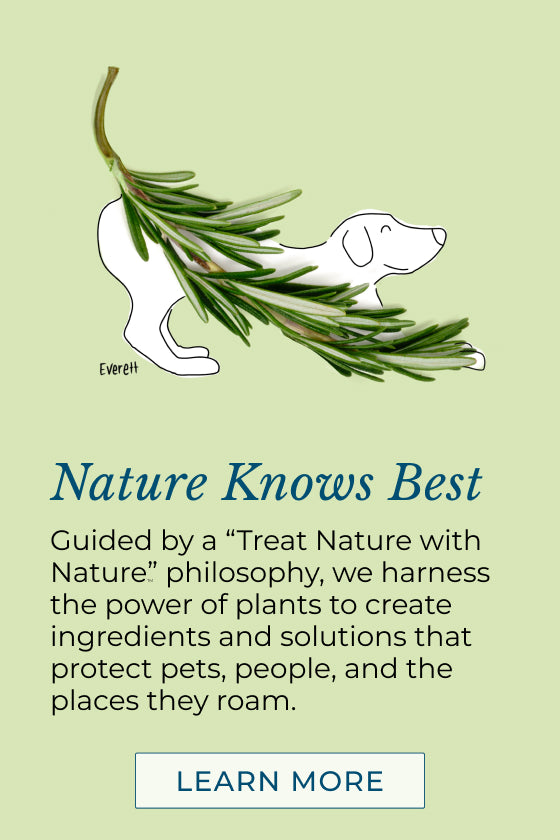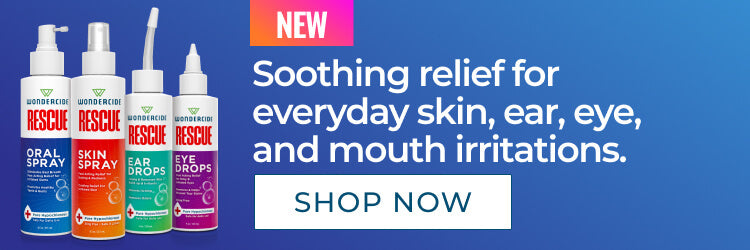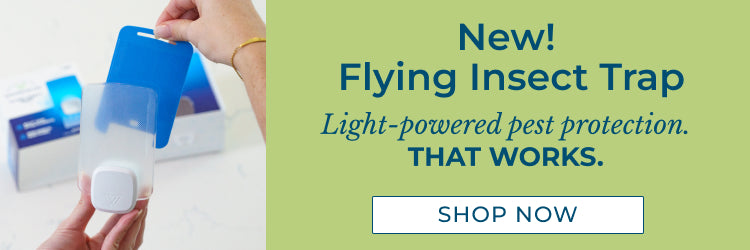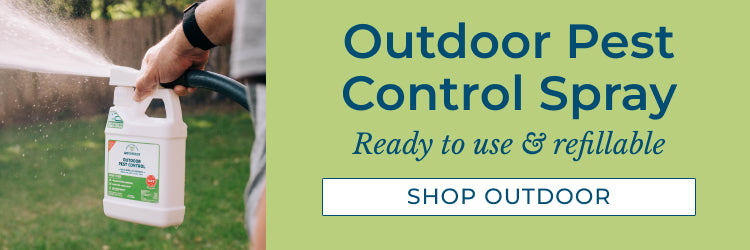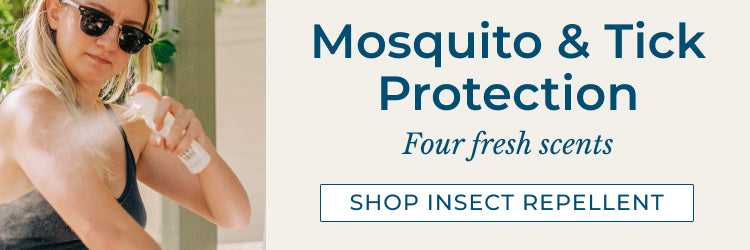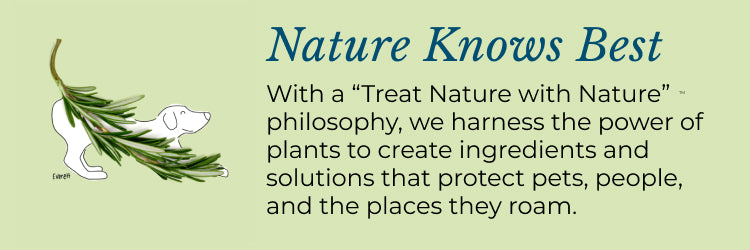Itchy Dog: Causes and Plant-Powered Treatments

Your first reflex when you see you pup scratching incessantly is probably to assume fleas are the perpetrators. But if there are no signs of these springy, wingless insects, or the trademark black flecks known as “flea dirt,” it can be tricky to pinpoint the cause of the itching.
Before you focus on just alleviating your pup’s itchy skin, you’ll want to have a good idea what’s causing the itch so you can do more than treat the outward symptoms. You’ll want to take a holistic approach to alleviating your dog’s discomfort, meaning you may need to make a few tactful, minor lifestyle changes to prevent irritation from recurring.
The symptoms of rampant itchiness are easy to see: your dog will scratch, lick, and bite. The face, ears, belly, paws, and base of the tail are often hot spots, and you may also see inflammation, redness, scaling, or hair loss. If you see open sores anywhere, notice a swollen eardrum accompanying ear scratching, or see any signs of severity, you should make an appointment with a trusted, holistic veterinarian.
If not, it’s time to do some investigating and eliminating so your pooch can be well again!
BUY ITCHY SKIN RELIEF

Causes of Itchiness in Dogs
First, let’s take a glance at the most likely causes of your dog’s itchiness, and then we’ll delve into each one in more depth below:
- Mite infestation/mange
- Food allergy
- Environmental dermatitis
- Flea allergy
- Bacterial or fungal infection
- Climate (dry air)
- Thyroid problems
- Boredom or anxiety
When paying a visit to the vet’s office, some pup parents discover their dog’s itchiness is a result of a mite infestation, which is also known as mange. Mites are transparent insects too small to be seen with the naked eye, but they can cause visible skin irritation. It’s important to note that skin mites and mange really aren't all that common in the average pet household and it’s worth reviewing all the possible causes of your dog’s itchiness, before suspecting your dog has a mite infestation.
Aside from parasites, food allergies and sensitivities can also cause skin inflammation and itchiness, as well as frequent ear infections. A food allergy will often come with digestive issues like diarrhea and gassiness as well. So many processed dog foods contain questionable ingredients, and even good quality ingredients can provoke a reaction. Common allergens in food include beef, dairy, chicken, eggs, wheat, corn, sugar, beet pulp, and soy. The best way to determine whether your dog has a food allergy is to implement an elimination diet, which we’ll discuss below.
Environmental dermatitis is another type of dog allergy that is triggered by something in your surrounding environment, like pollen, grass, dust, or mold. If you suspect that your pup has environmental allergies, there are steps that you can take to help your pup internally. Antioxidants, such as Vitamin C, are a great option to help your dog lower histamine in the body. Neem Bark Powder offers digestive and immune support, is high in antioxidants, and helps to keep a strong immune system.
Remember that good gut health for your pup is the key to good overall health. Healthy levels of good gut flora ensure bad bacteria in the body is inhibited, further improving immune health and helping the body be better equipped to fight off allergy symptoms.
Your dog doesn’t have to be the host for hundreds or even dozens of fleas to have a reaction to them. Flea allergy dermatitis is when your dog is allergic to flea saliva. A single, errant flea may bite your dog and cause a reaction.
There’s also the possibility that your dog’s immune system is responding negatively to products like harsh soap, astringent cleaners that you use to clean your home, or even plastic in toys and food bowls.
Bacterial and fungal infections can also cause skin inflammation and irritation that leads to itching. Bacterial infections like impetigo causes red sores, while common fungal infections like ringworm result in a scaly, crusty rash.
If you live in an arid, dry climate, your dog’s skin may simply be reacting to the lack of moisture, or you may not be providing enough fresh water to keep your dog hydrated and their skin nourished.
There’s a possibility that your dog’s itchy skin is caused by an overactive or underactive thyroid. Your thyroid helps regulate hormones that help keep the skin healthy. If your dog is also lethargic, inactive, or is losing and gaining weight, a thyroid disorder may be the cause. If you suspect this is the case, it’s time to make a visit to a holistic veterinarian.
Lastly, your dog’s reason for licking or biting may be psychological. Dogs who are bored or anxious may be fixated on a certain patch of skin. In cases like this, and even in some where there is a perceivable medical cause for the licking and scratching, the self-trauma can be worse than the actual origin of the itch.
BUY ITCHY SKIN RELIEFPlant-Powered Remedies for Your Dog’s Itching
While you’ll want to find creams and shampoos that help alleviate the symptoms, treating itching as a surface-level issue probably won’t solve the problem permanently. You’ll want to look at the bigger picture.
First of all, make sure that you keep your home and your dog’s coat clean with gentle, canine-friendly products. Frequently administer baths with warm water and an Oatmeal & Honey Shampoo Bar. If you suspect the presence of mites or fleas, be sure to wash bedding, plush toys, etc. with detergent that’s easy on sensitive skin. Treat any other domestic animals so they don’t pass the infestation back and forth.
Use natural cleaning supplies in your home and vacuum frequently. Vacuuming can help clean up insects, and if you choose a HEPA vacuum (high efficiency particulate air filter), it will help keep your home clear of allergens. Buy an indoor air filter and make sure you maintain your HVAC system according to instructions to prevent contaminants from making their way into your home. If you can, replace your carpet with tile, linoleum, or wood flooring, as carpet traps allergens such as dust mites.
Whether or not your dog has food allergies, make sure you feed it a well-rounded, nutritional diet that matches the specific needs at play. If you’re looking to pinpoint an allergy, an elimination diet means you eliminate the high-risk foods mentioned here from your dog’s meals (and treats). You may want to choose a different brand or you can make meals for your dog yourself. Try a raw, homemade diet for a few weeks. If symptoms clear up, reintroduce suspected allergens one at a time and see which one causes a negative reaction. Try to switch up your dog’s protein source as consistent exposure to the same meat can lead to the development of a sensitivity. Also make sure your pup always has access to fresh, filtered water.
BUY ITCHY SKIN RELIEF


